Anne-Marie Durou
Art-design in Anne Marie Durou’s sculpture-objects
Describing Anne-Marie Durou’s work demands looking for words, creating phrases that evoke opposites and complementarity, express empty and hollow through frame and structure, arrange tender with tough, fit formal limits on infinite space, suggest depth at the surface...
What struck me in our first meeting was her restless will to embrace the world, while expressing its contradictions. She took great care in writing down and defining important elements in her work for me, inviting me into a vast and multiform body of work.
Anne-Marie Durou’s designs
Dourou’s projects are neither chronological nor thematic, rather they’re rooted in a patient search for balance between material, structure and form. Each piece is a living organism, with skeleton and skin, running from Ernst Haeckel’s radiolarians to William Tucker’s “primary structures1;” halfway between Constant Roux’ chandeliers and the armchairs of Robert Stadler, Charlotte Kingsnorth or Gaetano Pesce. This is because Anne-Marie Durou is an artist-designer. Drawing occupies an important place in her work, both as creative process and as memory. You might ask of her Memento Mori (1): do they partake in discovery or retain its trace? The play of forms and lines recall drawings by Ronan Bouroullec, described by the latter as “meandering forms” (formes de divagation). It’s controlled meandering—meticulous, precise work on dynamic lines, embedded in fabric and on skin, as in her leather pyrogravures, where a cellular motility follows the course of geometric lines, often described as logotypic, in the manner of El Lissitsky.
As a designer, Durou seeks “publishers” to bring her work to life. The outcome demands collaboration between the artist and artisans producing the work, as faithful to her vision as possible, from tailor to jeweler to entrepreneur able to work with Corian.
Biomorphism and architectural structures
The living and the liquid, far from expanding, adapt to a solid structure, as in the series Ingénues (not without humor); or Hydres and Mâches, whose formal precision and multiplicity of uses once again evoke the Bouroullec brothers’ work.
There’s a certain constancy to Anne-Marie Durou, a desire to express movement and permanent transformation while looking for the essence of those changes through form.
This quest is embodied in her syncretic amulets, a synthesis of primitive forms produced as model-objects, prototypes of the designer.
Durou’s Mercurielles are both summary and starting point for her work, the DNA of sculptures both biomorphic and architecturally structured.
In its form, Mercurielle Vita Nova sums up the artist’s plastic experiments and variations on skin from Virginie, mange-cramaille and Phantoms of Paradise, and leathers, from d’Ici la Terre and Marche Franco-Lunaire; or multi-colored veins, culminating in REMENTA – raie manta : a paper Vita Nova rendered in Corian, undulating, elevated, and silent in the nave of Bordeaux’ department of justice, calibrated in gold.
For her other Mercurielles, the artist dreams. Emblème and Figure blanche have ancient, primitive forms, and monumental, terrific futures.
1 Referring to the exhibition in which William Tucker participated, in particular the sculptures Meru (1964) and Unflod (1963) (Primary Structures: Younger American and British Sculptors. April 27-June 12, 1966. Curated by Kynaston Mcshine. The Jewish Museum, New York).
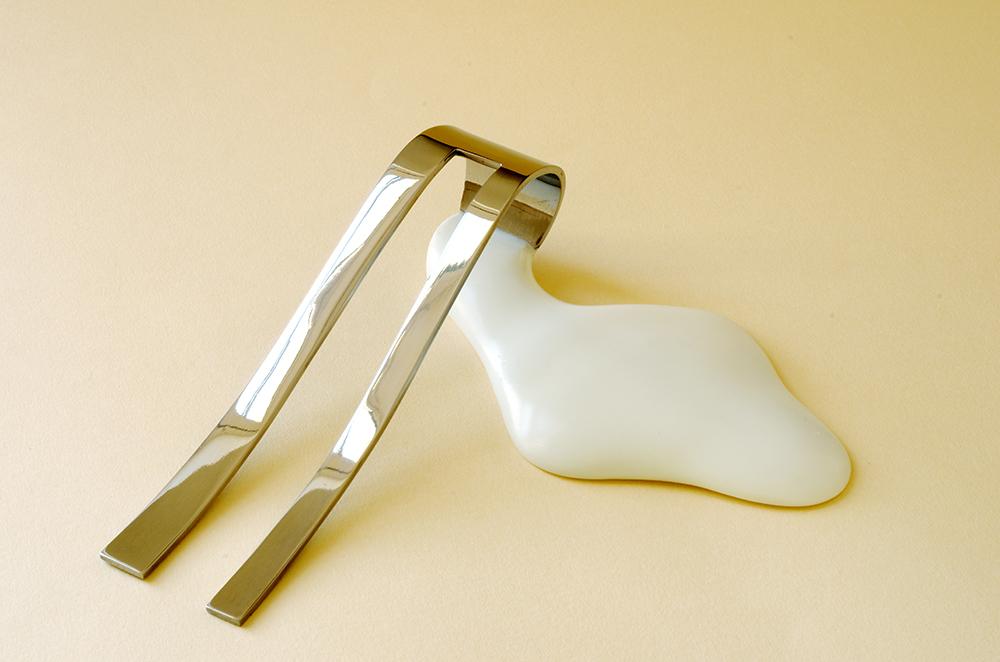
Corian©, inox - 11,9 x 13 x 3,8 cm
Photo : Isabelle Pellegrin
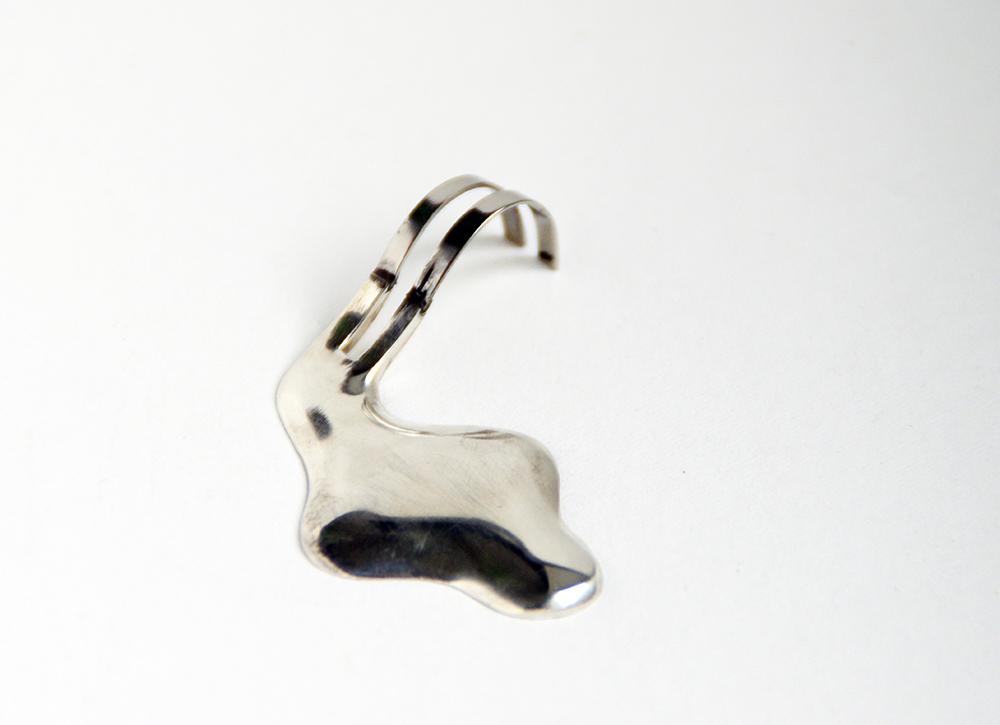
Argent, inox - 1,1 x 5 x 4,8 cm
Photo : Isabelle Pellegrin
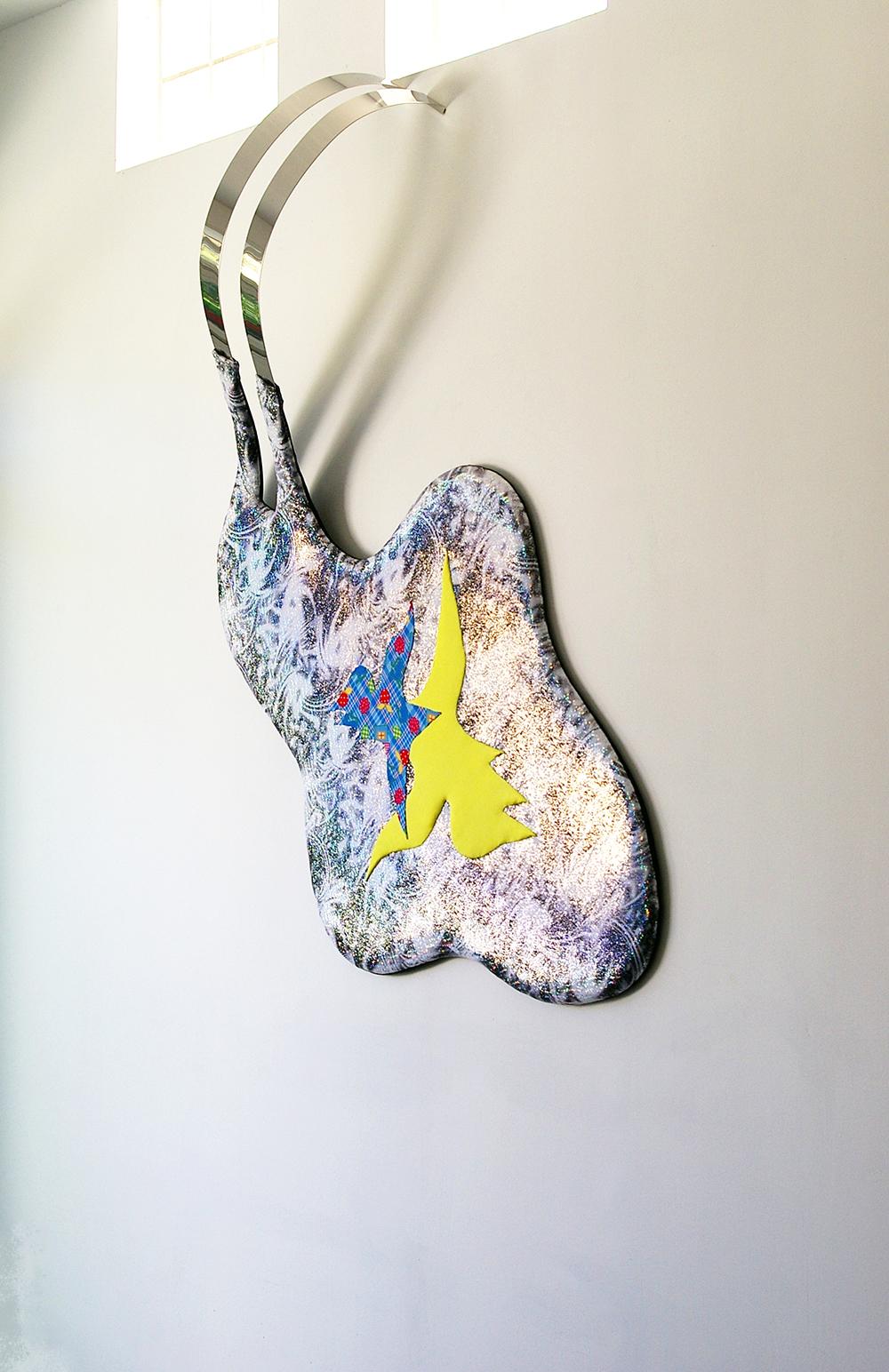
Lycra, inox polymiroir, rembourrage, bois - 153 x 148 x 30 cm
Photo : Isabelle Pellegrin - Collection privée
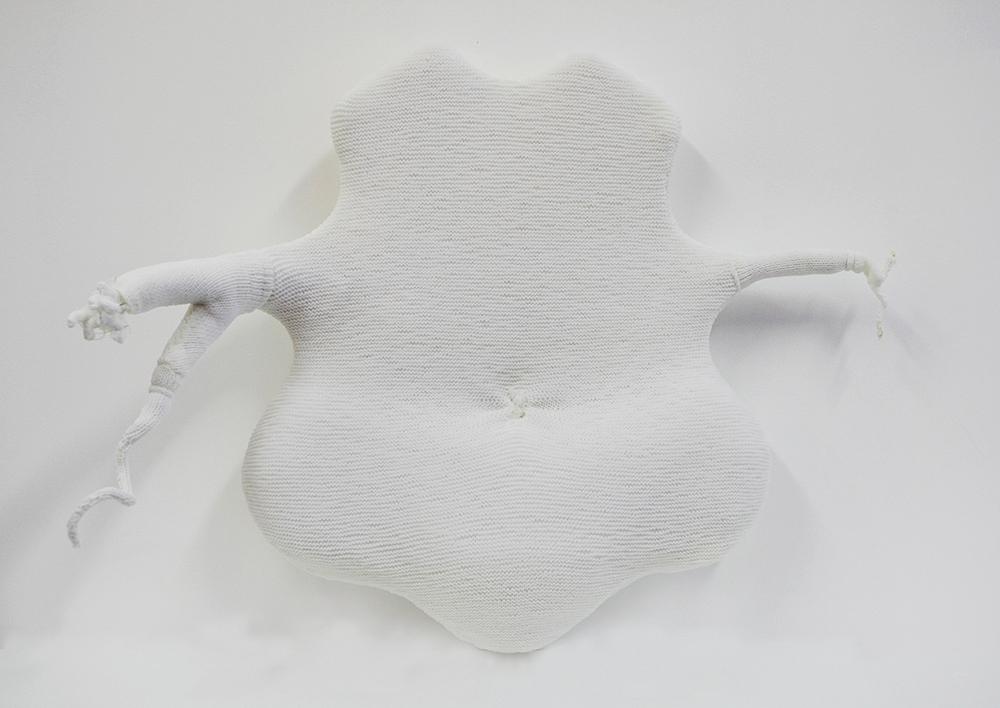
Polyamide, aiguilles, émail - 57 x 80 x 12 cm
Photo : Guillaume Bonnaud - vue d'exposition au Frac Aquitaine, Bordeaux
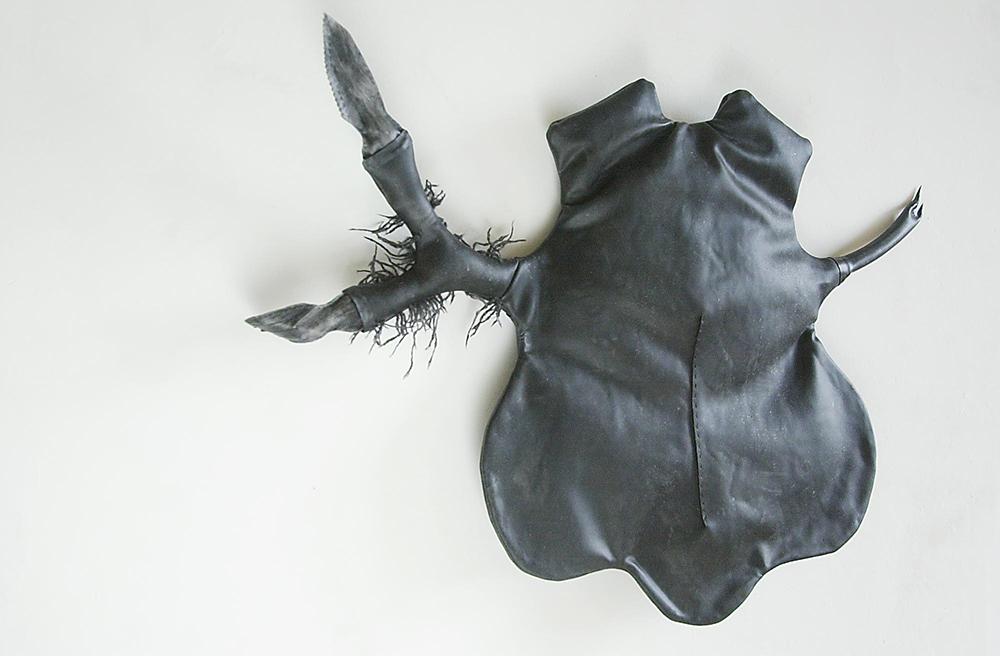
Silicone, pigments - 67 x 110 x 7 cm - Photo : Guillaume Bonnaud - vue d'exposition au Frac Aquitaine, Bordeaux
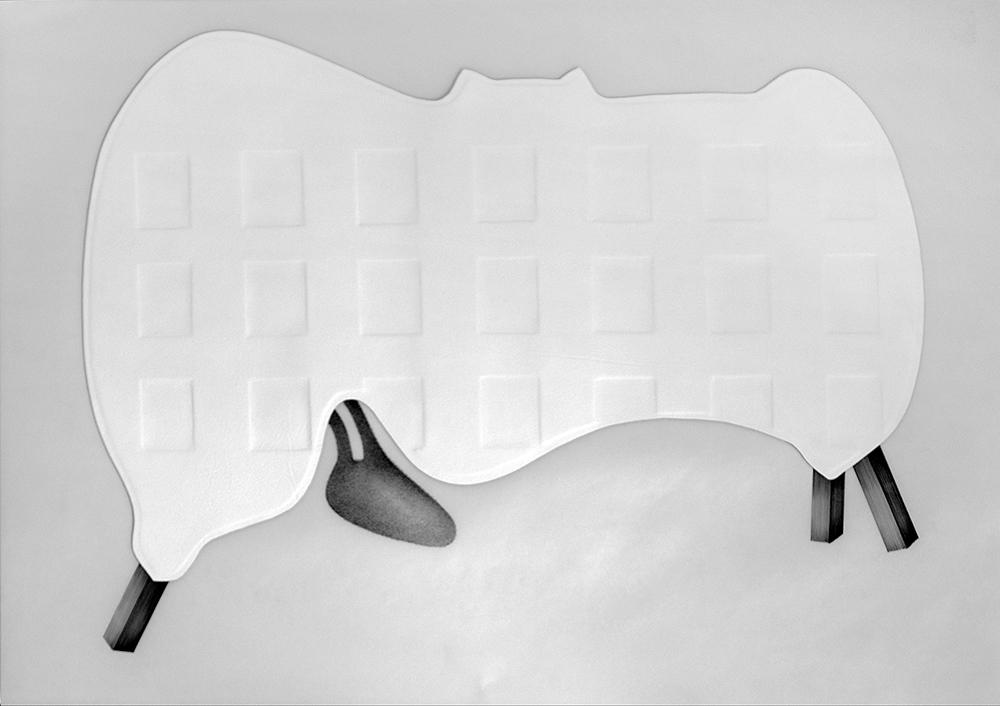
Cuir, mine graphite, calque - 50 x 70 cm - Photo : Isabelle Pellegrin
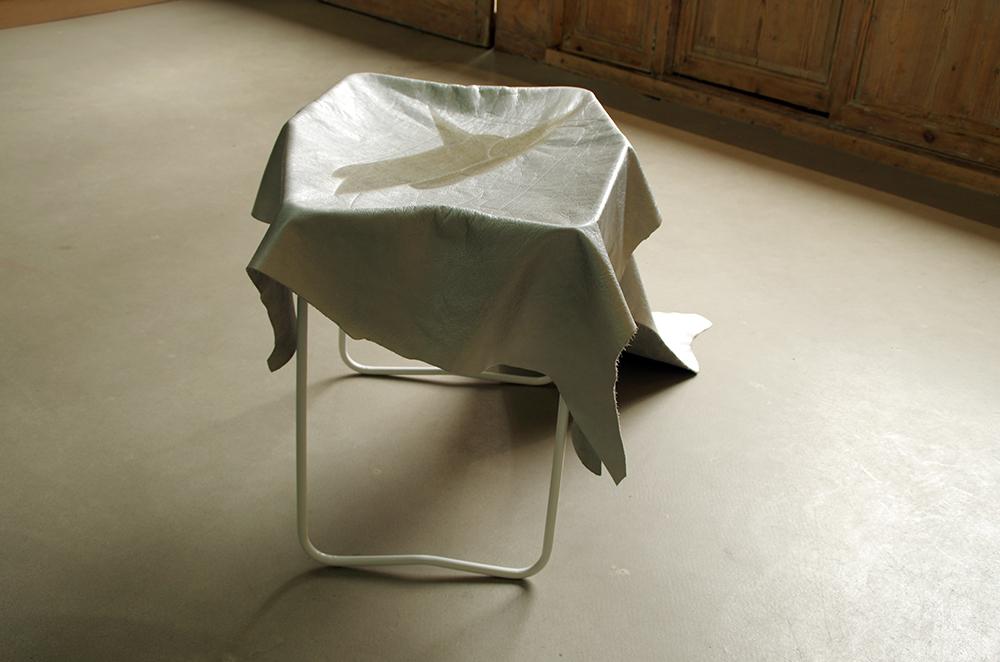
Cuir pyrogravé, métal peint - 60 x 80 x 110 cm
Photo : Isabelle Pellegrin - vue d'exposition : Rezdechausée, Bordeaux
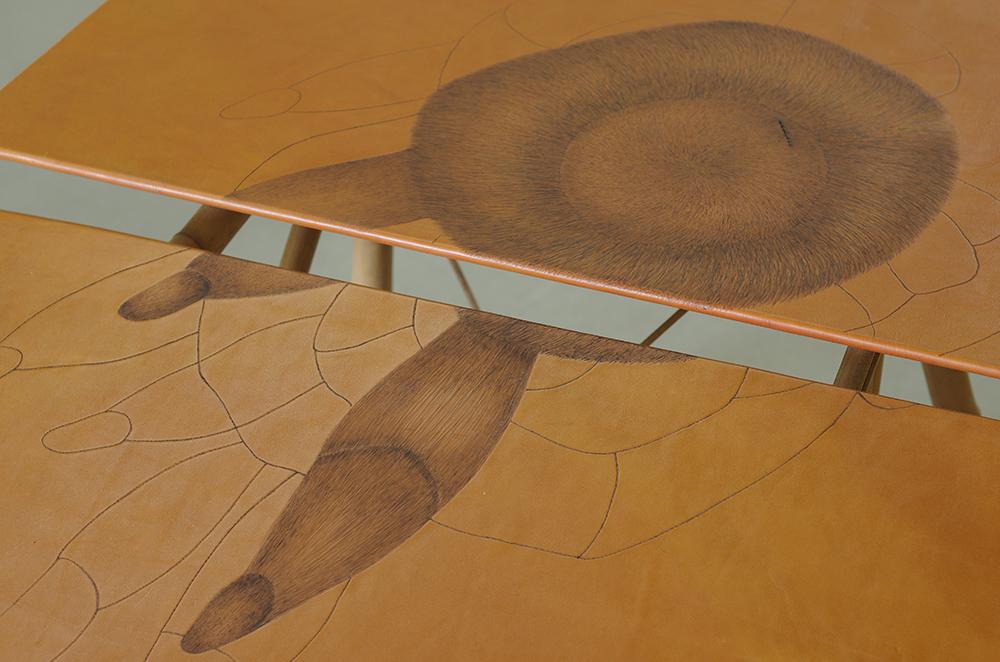
Cuir pyrogravé, bambou, bois - 76 x 75,4 x 102 cm
Photo : Isabelle Pellegrin - vue d'exposition : Rezdechausée, Bordeaux
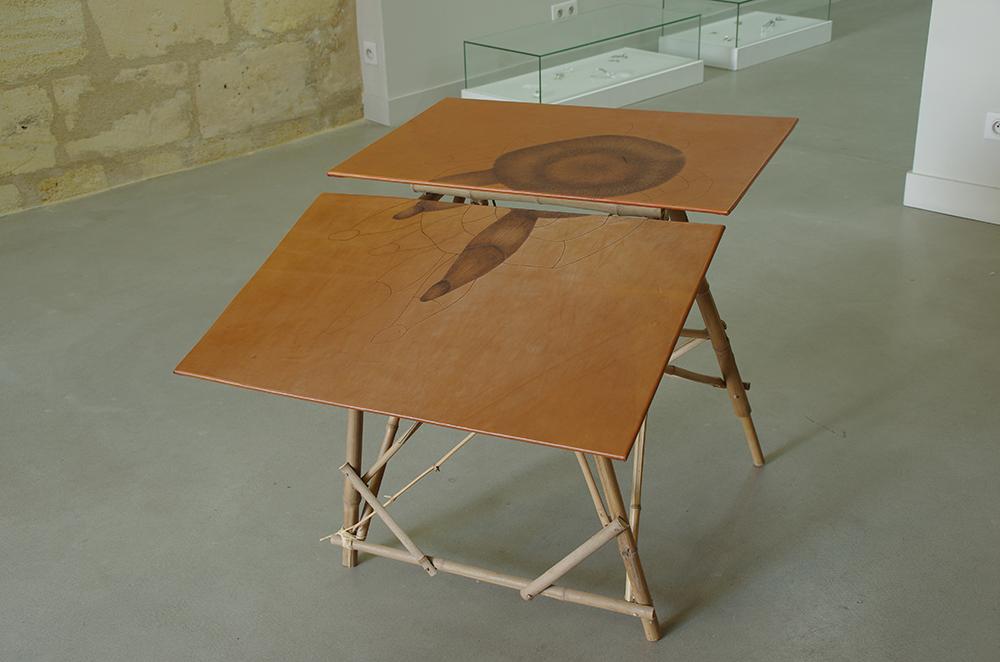
Cuir pyrogravé, bambou, bois - 76 x 75,4 x 102 cm
Photo : Isabelle Pellegrin - vue d'exposition : Rezdechausée, Bordeaux
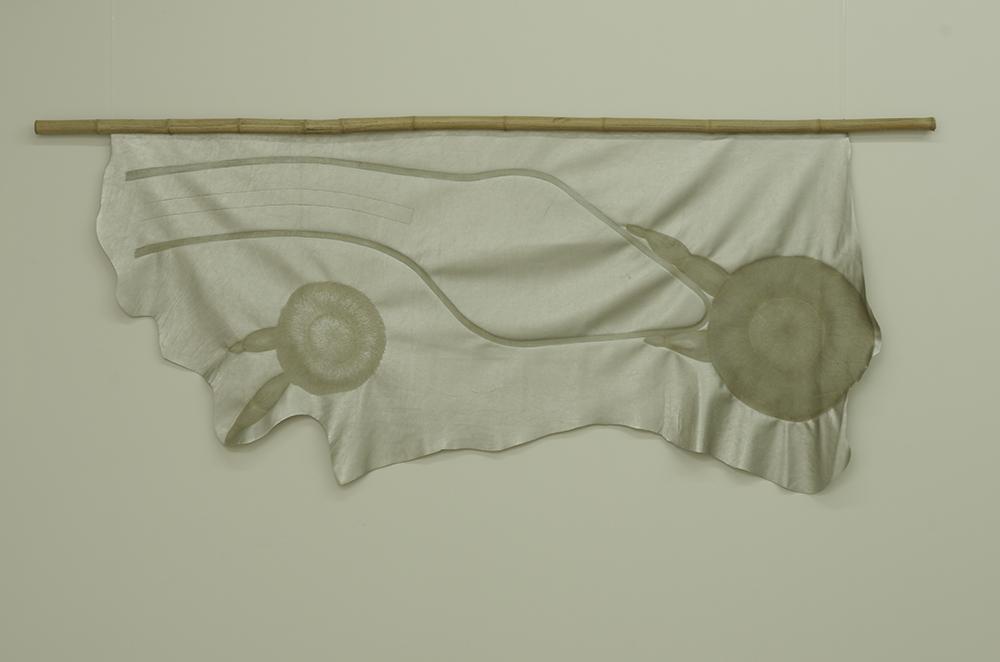
Cuir pyrogravé, bambou - 85 x 204 x 4 cm
Photo : Isabelle Pellegrin - vue d'exposition : Rezdechausée, Bordeaux
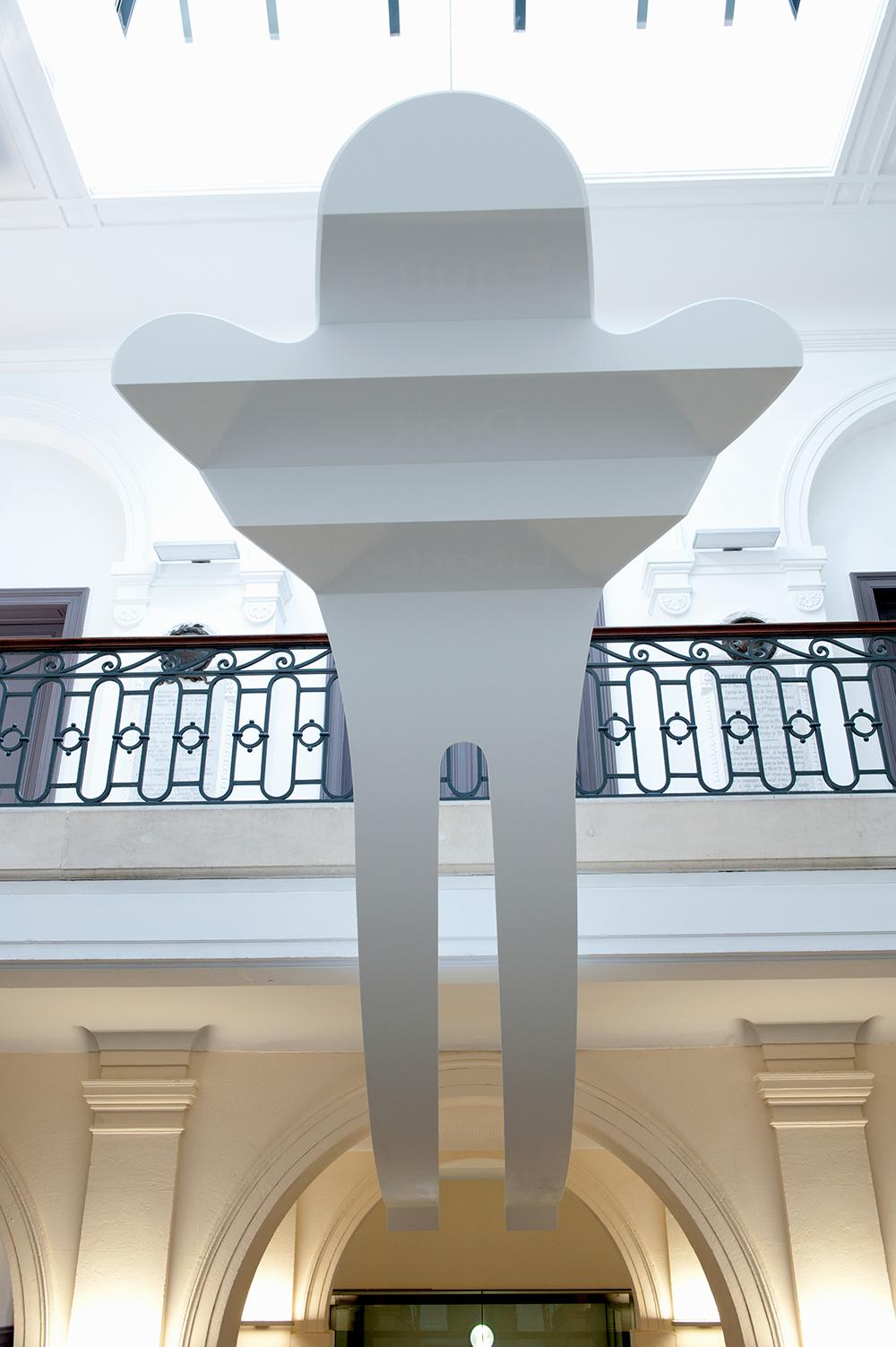
Corian, Inox - 200 x 600 x 250 cm
Photo : Studio mathias - Commande publique : Pôle Juridique et Judiciaire de Bordeaux
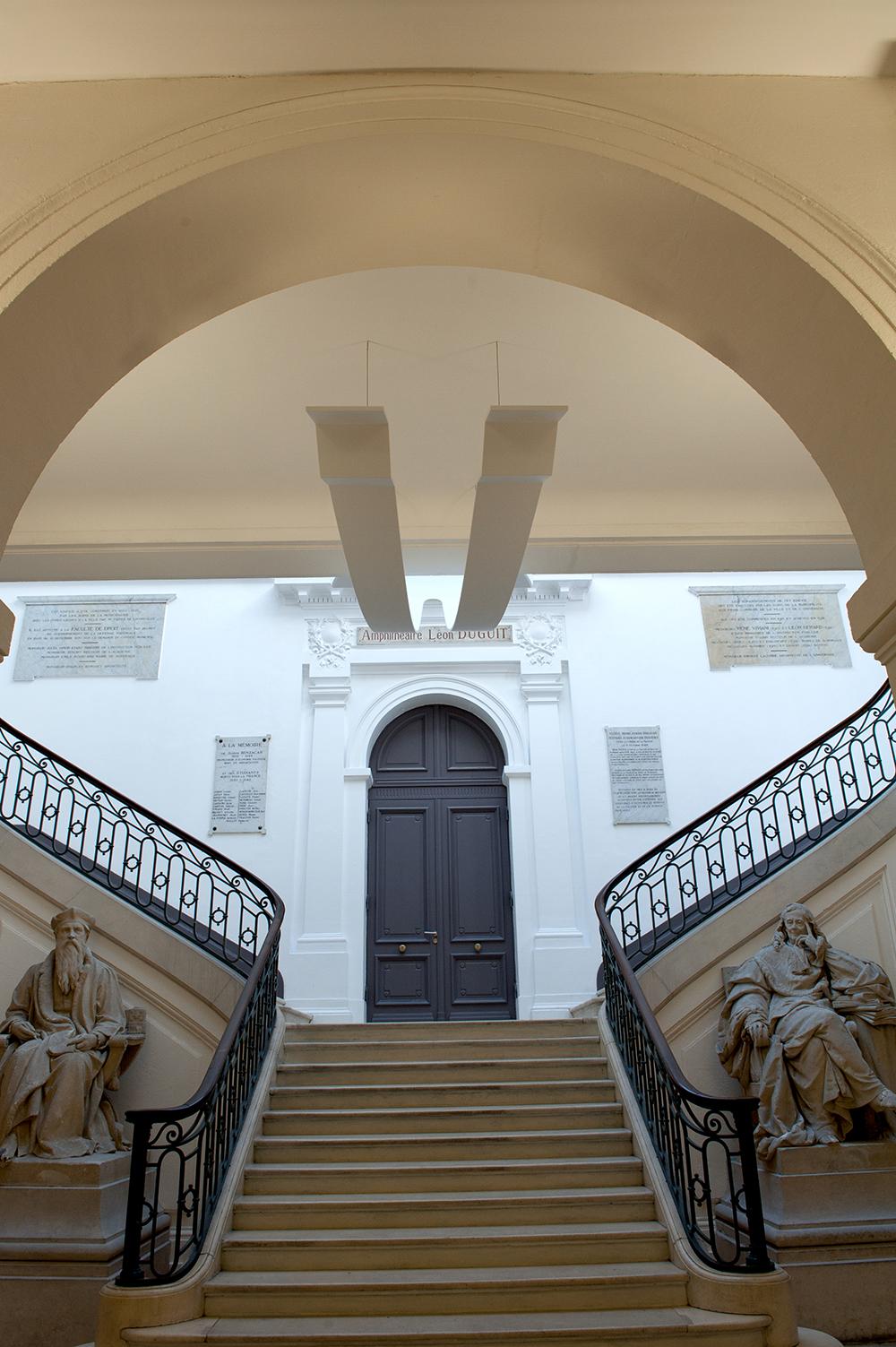
Corian, Inox - 200 x 600 x 250 cm
Photo : Studio mathias - Commande publique : Pôle Juridique et Judiciaire de Bordeaux
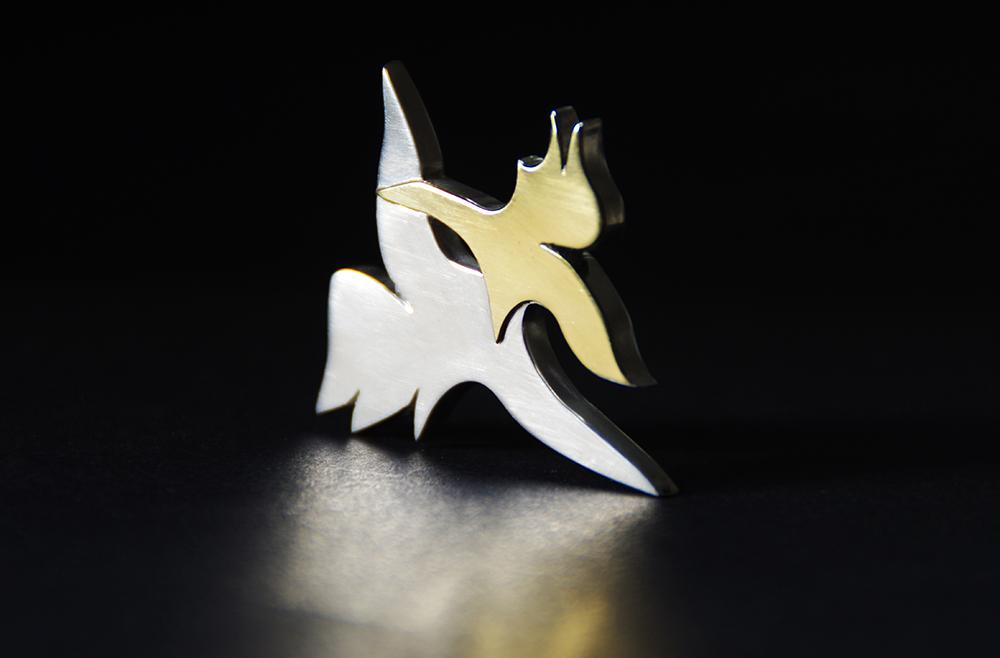
Argent, or - 4,3 x 4,8 x 0,3 cm - Photo : Isabelle Pellegrin
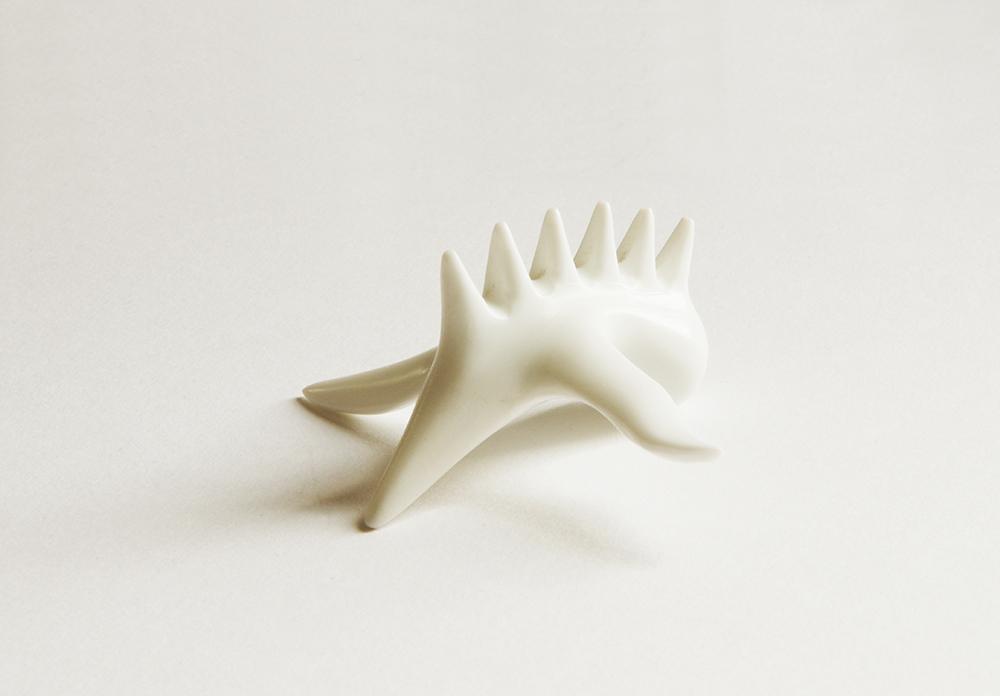
Corian© - 2,5 x 5 x 6 cm
Photo : Isabelle Pellegrin